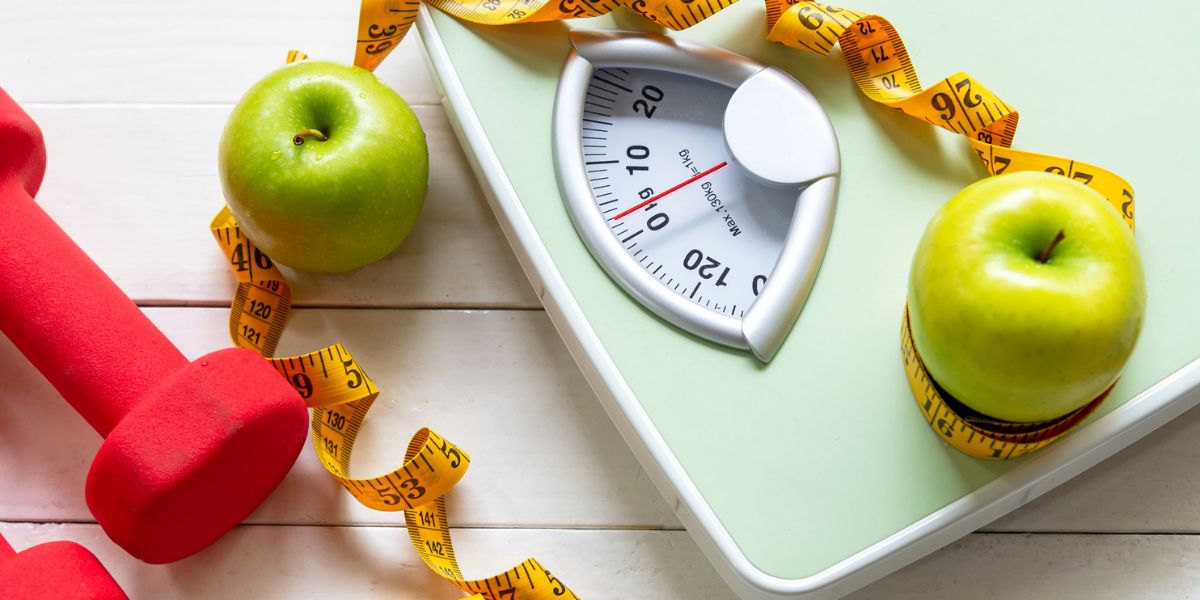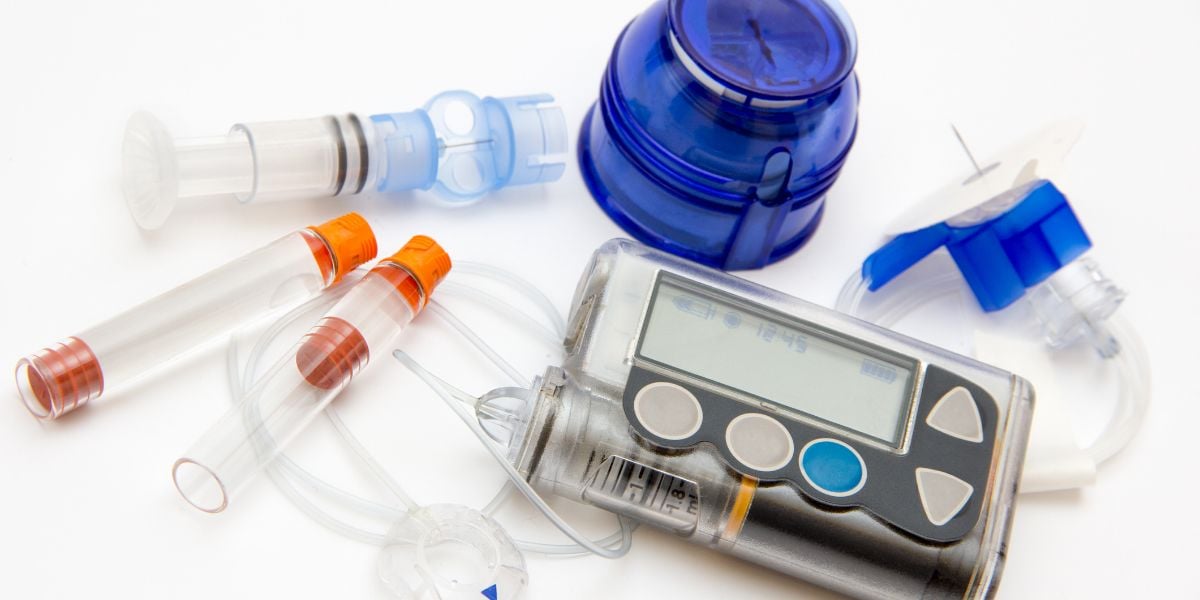Low-carb diets are very effective for people who want to lose weight.
As well as being satisfying and healthy, a strict low-carb diet is able to switch your body into fat burning mode.
To achieve effective weight loss on a low-carb diet, you’ll need to:
- Keep carbohydrate intake low
- Protein intake moderate
- Fat intake high
- Avoid snacking
- Exercise regularly
The information on this page guides you towards what you need to do to lose weight on a low-carb diet.
Other guides that you will find useful, include:
- How low carb diets work – for the theory on how the diet helps to reduce weight and blood sugar
- How to follow a healthy low-carb diet – this will tell you which type of foods to include in your diet
- Common mistakes on a low-carb diet – see if you’re making any of these mistakes which could be holding back your success
- Why is low-carb not working? – see if there are any others factors that may be making weight loss harder for you than it is for others
Low carb, moderate protein, high fat
Getting the right balance of carbohydrate, protein and fat should help you lose weight.
Most people can have success on a low carb diet without having to measure how much carbs, protein or fat they’re having.
Avoiding starchy foods like bread, rice, pasta, potatoes and pastry and not having too much protein-based foods including meat, cheese and nuts, is a good basis for most people to lose weight.
However, some of you may want to monitor your energy intake to make sure you’re keeping on the right lines. There are a number of apps that can help with this.
Keep carbohydrate low
It’s up to you how low-carb you want your diet to be but strict ketogenic low-carb diets are particularly good for achieving weight loss.
Carbohydrate intake usually needs to be below 50g per day to be ketogenic. Some people may find they need to restrict their carb intake further, say to under 30g, to achieve a ketogenic diet.
Ketogenic diets are when the body is being fuelled primarily by ketones rather than by glucose. Ketones are a form of energy produced by the breaking down of body fat.
To achieve a ketogenic diet , you will need to eliminate grains, starchy foods and most fruit from your diet.
When keeping to a strict low-carb diet, it’s important to be aware how much carbohydrate is in different foods. To help out, see our guide on which foods have more carbs than you might expect
Protein should be moderate
Protein should be moderate for weight loss to occur. Too much protein can cause the liver to produce too much glucose (a process called gluconeogenesis) which leads to higher blood sugar levels and can hamper weight loss.
There is no fixed figure for how much ‘moderate’ should be but low-carb diet researchers and doctors recommend upper limits of anywhere between 30g and 120g of protein.
As this is quite a wide spread, it may be best to aim for a more conservative window of around 50g to 60g of protein a day and work from there. [196] [197]
The following image gives a visual guide to how much protein can be found in typical foods.

High in natural fats
A low-carb ketogenic diet for weight loss has a high fat content with Fats coming from natural sources such as meat, oily fish, nuts, avocado, olive oil and dairy.
Fat is the energy providing nutrient (macronutrient) that results in the least impact on blood glucose, insulin levels and weight gain.
Put another way, a high fat diet is more likely to assist weight loss than diets that are high in carbohydrate or protein.
Most people find that if they keep carbohydrate intake low and protein intake sensible, they do not need to monitor how much fat they’re having.
One point to bear in mind is that a number of fatty foods, such as meat, fish, nuts and cheese are sources of protein and yoghurt and nuts are a source of carbohydrate so be wary of having excessive amounts of these foods.
Avoid snacking
A low-carb ketogenic diet is generally fairly self-regulating. Many people will find that it’s actually quite hard to overeat when sticking to a low-carb, moderate-protein, high-fat diet.
However, no diet is totally fool proof and weight loss will be best achieved if you can avoid snacking between meals.
This will help to keep the level of insulin in your body low and therefore help your body to burn fat.
Exercise regularly
Exercise works the muscles and helps them to take in excess glucose and energy from the blood, which helps lower insulin levels, promote ketosis and therefore stimulate weight loss.
Adding regular exercise to a low-carb diet therefore gives a belt and braces approach to reducing your waistline.
Monitoring fat burning (ketosis)
Measuring your weight is the most obvious way to measure weight loss but some people may wish to also measure their ketone levels.
Ketones are produced in direct response to the burning of fat and so this is a good way measuring to check if your body is burning fat.
Note that sometimes weight loss can occur as a result of fluid loss and weight can be put on in terms of muscle if you have been exercising, so measuring ketones helps avoid these uncertainties.
Measuring ketones can be useful if your weight loss stalls or if you make a change to your diet and want to review whether fat burning is indeed occurring.





